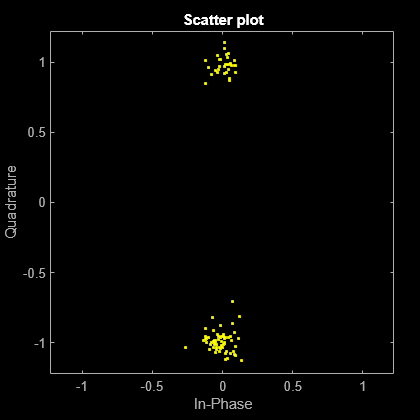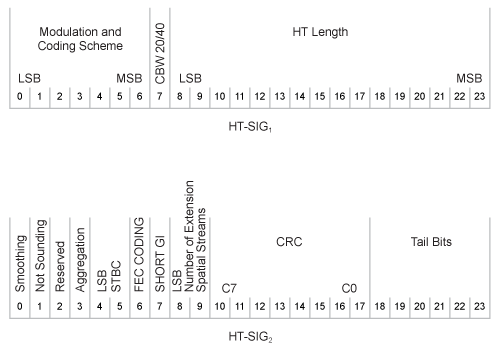wlanHTSIGRecover
Recover HT-SIG information bits
Syntax
Description
recBits = wlanHTSIGRecover(rxSig,chEst,noiseVarEst,cbw,Name,Value)
Examples
Input Arguments
Name-Value Arguments
Output Arguments
More About
References
[1] IEEE Std 802.11™-2012 IEEE Standard for Information technology — Telecommunications and information exchange between systems — Local and metropolitan area networks — Specific requirements — Part 11: Wireless LAN Medium Access Control (MAC) and Physical Layer (PHY) Specifications.
Extended Capabilities
Version History
Introduced in R2015bSee Also
1 IEEE Std 802.11-2012 Adapted and reprinted with permission from IEEE. Copyright IEEE 2012. All rights reserved.

